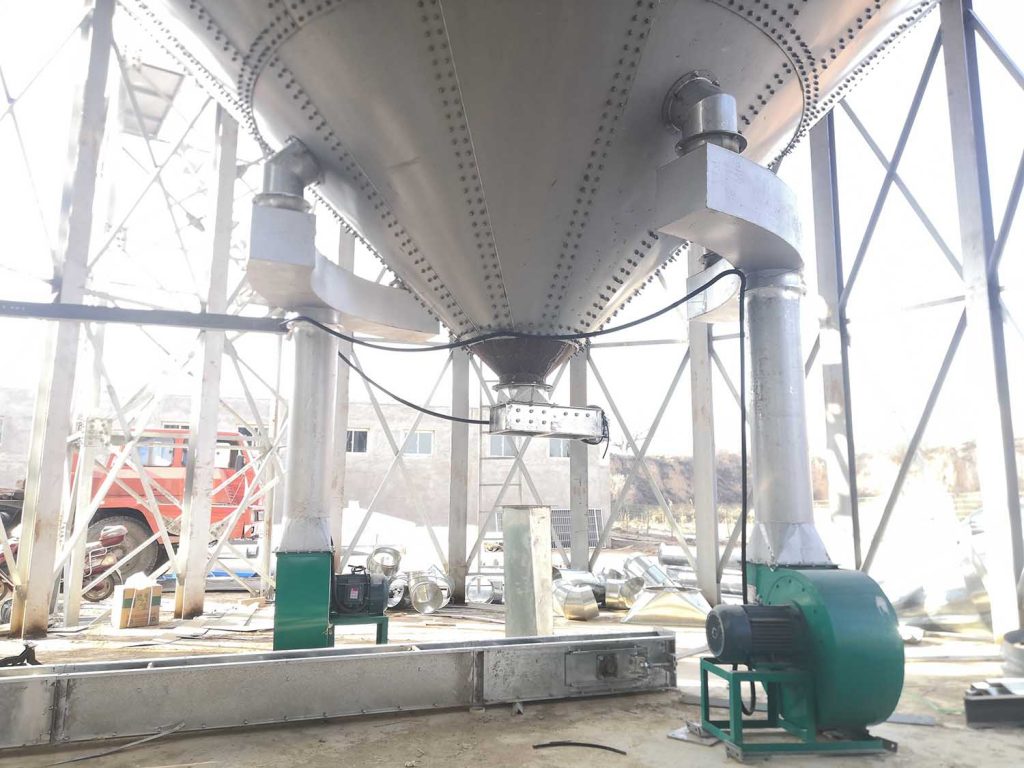An efficient ventilation system is crucial for grain quality and storage safety. A standardized installation process ensures its high-performance operation.

Pre-Installation Preparation
Define Requirements and Design Planning
This step determines key parameters like airflow, pressure, ventilation modes, and equipment selection. Professional design planning creates detailed layout drawings. These drawings provide clear guidance for subsequent installation work.
Prepare Equipment and Materials
Gather required ventilation equipment according to the design plan. This includes fans, ducts, and ventilation covers. Also ensure all installation materials are available. These include bolts, sealant, and cables.
Installation Steps
Fan Installation
The fan serves as the system's power source. Its installation position and method are critical. Install the fan on a solid, stable base. Ensure tight, sealed connections with ducts. Follow the equipment manual during installation. Precisely adjust the fan's level and concentricity. This ensures smooth operation and low noise.
Duct Installation and Connection
Ducts form the air passage in the system. Follow design drawings for duct routing and slope. Assemble and connect all duct components carefully. Pay attention to sealing. Use sealing tape or gaskets to prevent air leaks. Also reinforce duct support structures. They must withstand operational loads.
Vent Opening and Cover Installation
Install vents and ventilation covers at exact locations per design. Ensure covers sit flat and open smoothly. Make tight connections with silo floors or walls to prevent air leakage. Protect cover surfaces during installation. Avoid damage that could affect normal use.
Post-Installation Testing and Acceptance
System Commissioning
First, conduct no-load test runs of fans. Check for smooth operation without abnormal noise or vibration. Then gradually start the ventilation system. Adjust fan speed and duct valves. Achieve designed airflow and pressure requirements. Use professional instruments during testing. Monitor parameters like air velocity, volume, temperature, and humidity. Ensure normal system operation.
System Acceptance
Perform acceptance strictly according to design standards. Check installation quality, operational performance, and technical parameters. Also inspect details like appearance, anti-corrosion treatment, and labels. Ensure everything meets relevant requirements.